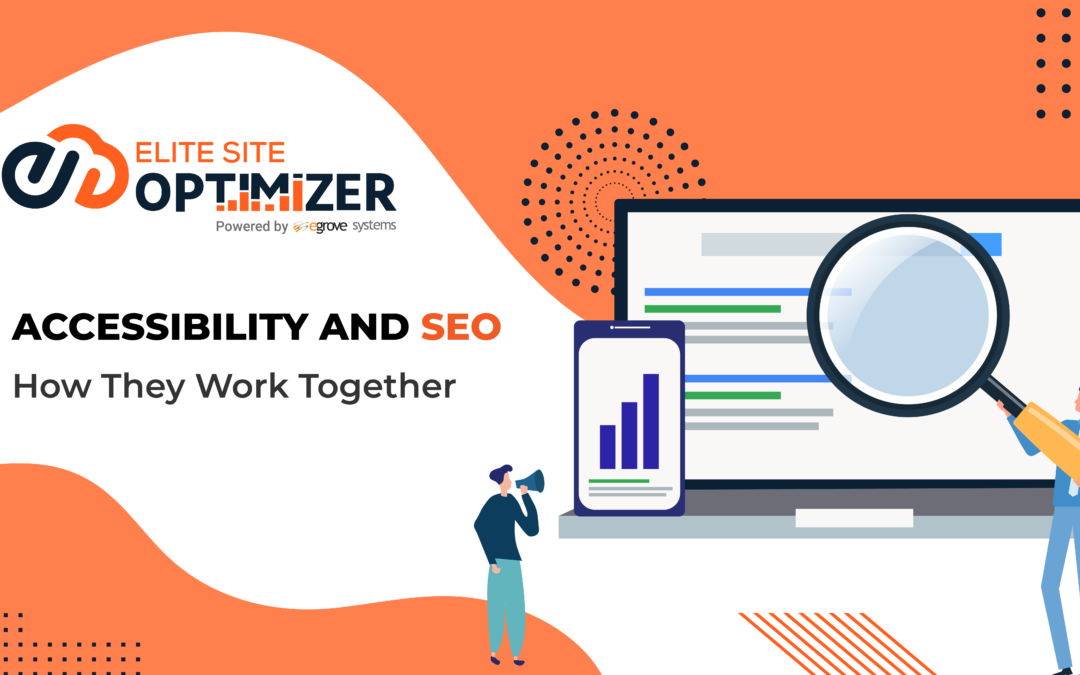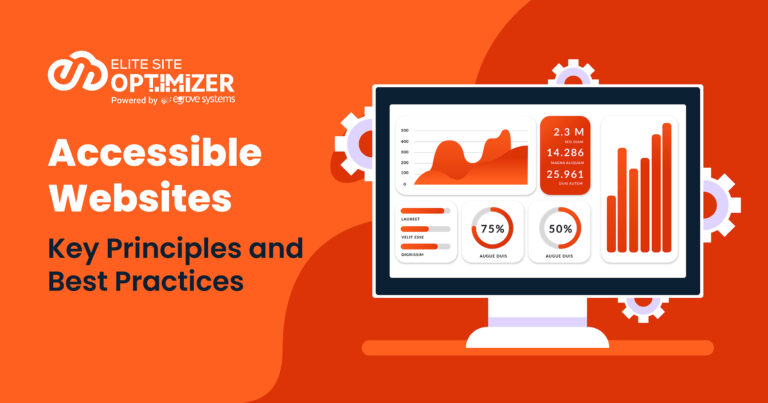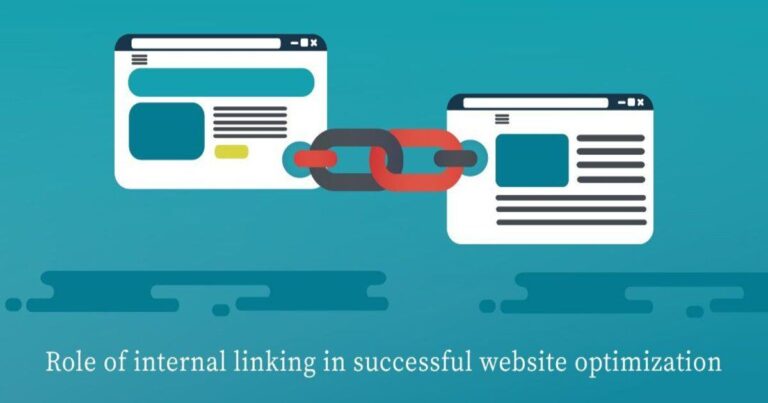SEO and web accessibility are two sides of the same coin. They have much more in common than you may think. To begin with, the goal of search engine optimization is to help the target audience discover the right brand content effortlessly. The goal of website accessibility is to make sure that everyone, including those with disabilities and impairments, can find and understand the content on a particular site.
What is Web accessibility?
Website accessibility refers to the practice of making websites and digital technologies ‘accessible’ to all, including those with physical and situational disabilities. The phenomenon strives to create a more inclusive and diverse web for people with visual impairments, mobility restrictions, hearing limitations, seizures, and cognitive disabilities.
Web accessibility is defined according to the Web Content Accessibility Guidelines (WCAG), which are a recognized set of standards devised as per the Web Accessibility Initiative (WAI) of the W3C. The Web accessibility guidelines are organized under four principles, namely: perceivable, operable, understandable and robust (POUR).
Web accessibility has pertinent significance and the sooner a brand realizes this, the better. Of course, at its core, creating an accessible web is a social and ethical responsibility. However, the phenomenon also has economic benefits. To begin with, making your site accessible means you open up your business to a wide cohort of individuals with disabilities (15 percent of the world’s population).
Thus, your business’s profit, reach, and sales are bolstered, and there is a vehement improvement in brand image. Barclays, 1 % of the Planet, etc. are good examples of enterprises that have leveraged web accessibility for their own benefit while facilitating a more inclusive online space.
Moreover, an accessible website is easy to maintain and much more cost-effective. And, surprise, accessible websites are also very SEO-friendly. While most SEO work typically focuses on ensuring that websites are available for search engines, there is a lot of overlap between ‘web accessibility’ and ‘search engine crawlability.’ Interested in learning more about the relationship between SEO and site accessibility? Well, read ahead!
How is SEO related to website accessibility?
Website accessibility is not a direct ranking factor, as per the Page Experience Update of Google in March 2022. However, it is noteworthy to remember that poor web accessibility is intrinsically linked to other negative aspects, which could result in a website being less visible on organic searches.
In other words, Google does not have a specific ranking factor for accessibility, but it solemnly values user experience. Quite understandably, websites that prioritize web accessibility offer a much better user experience, culminating in lower bounce rates, increased engagement, and indirectly improved SEO.
Likewise, accessibility features, such as the wonky use of alt texts or improper utilization of headings, may impact SEO negatively. On the other hand, a site’s SEO and accessibility are greatly improved when accessibility requirements are adhered to.
Now that we know how web accessibility and SEO are related, let us check out the various domains wherein these two domains of the phenomenon overlap.
Four Steps That Facilitate Web Accessibility and Organic Rankings in SEO
- Meta Title: Help Screen Readers and Online Rankings
Meta titles are essential for SEO and organic rankings, as they contain the main keyword the page is ranking for. While Google has been rewriting meta titles in the SERPs, it has also been confirmed that what you include in the meta title is what search engines leverage to rank a webpage.
Likewise, meta titles and page titles also have significance for web accessibility. People with disabilities use screen readers to hear the page title. Therefore, the metal titles on your web page need to be as meaningful and descriptive as possible. Creating logical page titles even for pages that may not seem important at first glance, such as the ‘About Us,’ or ‘Contact Us’ pages, can bring value to users with visual impairments.
- Breadcrumbs Facilitate Better User Experience and Web Accessibility
Breadcrumbs are usually found at the top of a webpage and indicate where the user is on the site. They are incredibly helpful for SEO, as they offer a better user experience and additional internal links to important pages on your site.
Likewise, breadcrumbs also have significance for web accessibility. According to the success criteria of WCAG 2.1, breadcrumbs can help users with a short attention span or people who become easily distracted or confused following a long navigation path.
- Headings Help with Content Hierarchy and Accessibility
Headings are very important for a better user experience. They also help search engine crawlers understand the structure of a webpage. There are six levels of headings (H1 to H6), with H1 being the highest level heading on any specific page. The varying levels help communicate the structure and hierarchy of a webpage.
The number of headings does not matter for SEO, but it is advised to always have one H1 heading and then logically structure the content. Sometimes, Google uses headings on a page instead of meta titles for rankings. Thus, it is essential to choose the headings wisely and infuse the right keywords strategically.
Similarly, headings also have significance for web accessibility. They enable users to quickly scan the content, which means they can navigate the page and find what they need quickly. Headings are also especially useful for screen readers, as they communicate the different content on a webpage. Lastly, heading is also more important for people with cognitive disabilities.
- Alt Texts Are Important for Both SEO and Accessibility
Alt text is the description of the image and is meant to convey what the image is displaying. Alt text is crucial for accessibility as it helps screen readers decode an image. Likewise, alt text is also important for businesses that depend on better communicating their products and services.
Wrapping It Up
So, there we have it, a crisp overview of accessibility and SEO. Both of these phenomena are correlated and strengthen one another. So, when you make your website more accessible, you are also making it more SEO-friendly.






